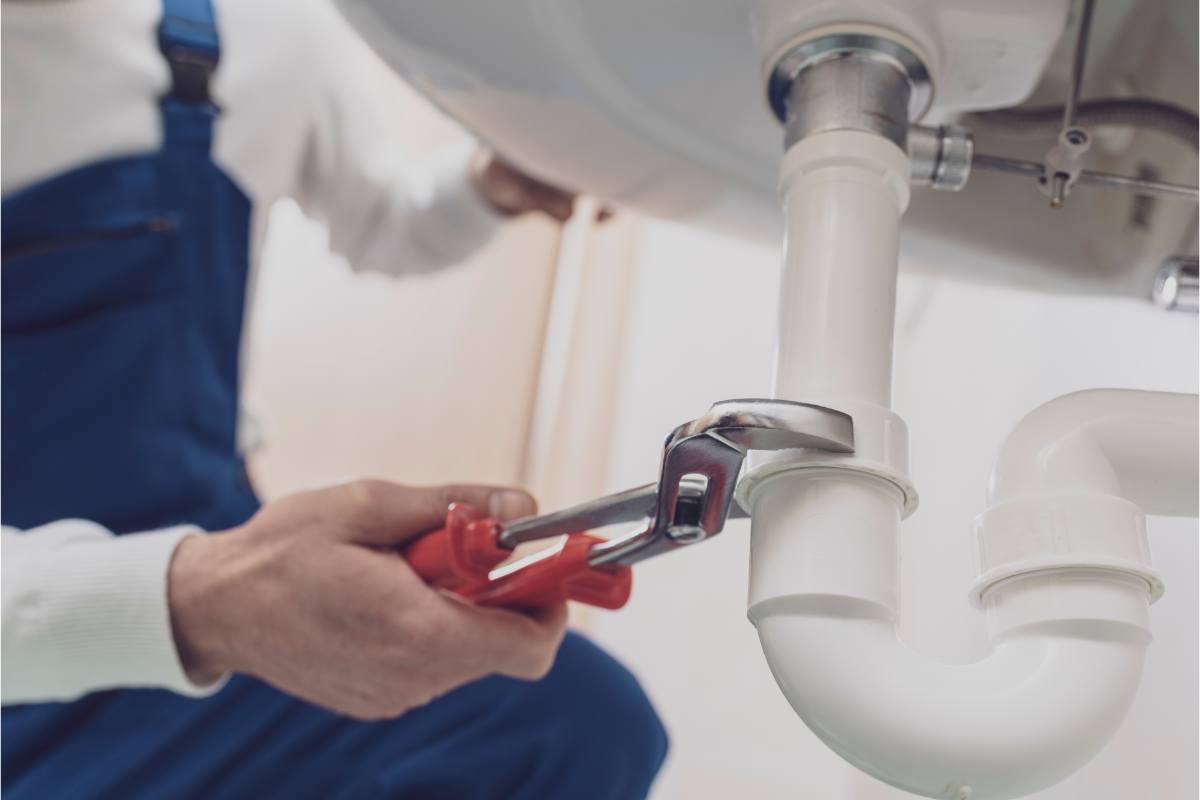Were you searching for facts and techniques around 6 Common Plumbing Problems and How to Fix Them?

Introduction
Maintaining a functional plumbing system is critical for a comfy home. By taking preventive measures, you can stay clear of typical plumbing issues that might disrupt your day-to-day live and incur costly fixings.
Routine Upkeep Checks
On a regular basis examining your plumbing system is crucial for identifying possible issues prior to they escalate. Inspect pipelines, faucets, bathrooms, and appliances for leakages, deterioration, or signs of deterioration.
See What You Flush
Be mindful of what you purge down your commodes. Avoid flushing items such as wipes, cotton rounds, hygienic products, and paper towels, as these can cause blockages and back-ups in your pipelines.
Correct Disposal of Oil and Food Waste
Dispose of grease, oils, and food scraps appropriately to stop build-up in your pipelines. Stay clear of putting oil down the drain, as it can strengthen and trigger obstructions. Utilize a strainer in your kitchen area sink to catch food particles and empty it frequently.
Screen Water Stress
Watch on your water pressure to prevent stress on your pipelines and home appliances. High water pressure can lead to leakages and damage gradually. Think about installing a pressure regulatory authority to maintain optimum water stress throughout your home.
Protect Pipelines from Freezing
Throughout winter, take steps to stop your pipes from cold. Protect revealed pipes, specifically those in unheated areas like cellars and attic rooms. Permit faucets to trickle during freezing temperature levels to stop water from freezing in the pipelines.
Address Leakages Quickly
Deal with any kind of leakages or drips as quickly as you notice them. Also minor leakages can drainage and cause damages to your home over time. Tighten up loose installations or replace damaged seals to avoid leakages from intensifying.
Be Gentle with Plumbing Components
Stay clear of using extreme pressure when running plumbing components such as faucets and shutoffs. Misuse can cause deterioration, leading to leaks and other breakdowns.
Normal Drain Cleansing
Set up normal drainpipe cleansing to avoid build-up of hair, soap residue, and other debris. Make use of a drainpipe serpent or enzymatic cleaner to remove clogs and keep smooth water drainage.
Set Up Water Softeners
Think about setting up a water softener if you have tough water. Tough water can trigger mineral buildup in your pipelines and home appliances, leading to lowered water circulation and efficiency.
Educate Household Members
Enlighten everyone in your house about correct plumbing practices. Instruct them what need to and shouldn't be flushed or dealt with away to prevent avoidable plumbing troubles.
Conclusion
Avoiding usual plumbing concerns in your home needs persistance and normal maintenance. By adhering to these preventive measures, you can guarantee that your plumbing system runs efficiently and prevent expensive repair services in the future.
Expert Tips for Preventing Common Plumbing Issues
Keep Drains Clear and Functional
Regularly clean drain covers and hair-catching devices to eliminate debris and prevent buildup. Avoid disposing of grease, oil, or coffee grounds down your drains, as they can congeal and accumulate over time, creating obstructions. Consider using a biodegradable drain cleaner periodically to break down organic matter and maintain clear pipes. Prevent and Identify Leaks Early
Regularly inspect visible plumbing connections, pipes, and fixtures for signs of moisture or corrosion. Fix loose connections or replace damaged components as needed. Install water leak sensors in high-risk areas such as under sinks, near water heaters, and around washing machines to provide early warning of potential leaks. Monitor your water bill for sudden increases in usage, which may indicate a hidden water leak. Protect Plumbing from Freezing Temperatures
Allow faucets to drip slightly during extremely cold weather to prevent freezing and pressure buildup inside the pipes. Seal gaps and openings in walls, doors, and windows near plumbing to prevent drafts from reaching your pipes. Maintain Optimal Water Heater Performance
Schedule annual professional maintenance of your water heater, including checking pressure-relief valves, flushing sediment buildup, and inspecting for corrosion or leaks. Maintain the manufacturer-recommended temperature setting, typically around 120°F (49°C), to optimize energy efficiency and prevent scalding. Consider installing an expansion tank in your system if you have a closed-loop water supply, which prevents excessive pressure buildup and potential water heater failure. https://www.climatecontrolkc.com/blog/plumbing/tips-for-preventing-plumbing-issues/

I was brought to that article about 6 Common Plumbing Problems and How to Fix Them through a buddy on a different web property. If you liked our article please do not forget to share it. I treasure your readership.
Visit My Web Page